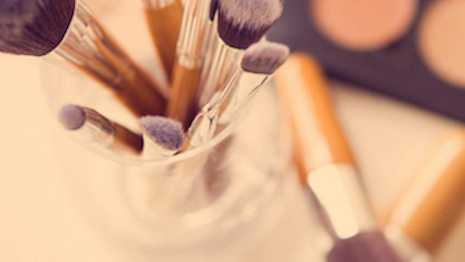 The luxury business is in a period of tremendous disruption. Image courtesy of EY
The luxury business is in a period of tremendous disruption. Image courtesy of EY
By Laurent Bludzien The luxury industry is rapidly evolving. Consumers and trends are changing; client attitudes toward consumer products are bringing new perspectives around brand values and company behavior; technology, digital and social media are reshaping consumers’ approach to luxury purchases as well as luxury brands’ approach to distribution channels. We are in the middle of the most disruptive revolution the luxury sector has ever seen. There is more complexity. No longer are there clear trends, but instead different trends for different markets, product segments and levels of positioning in the value pyramid of products. Consumers play the mix-and-match game across products, markets and distribution channels, and companies have to stay close to the client, as we wrote in the 2016 factbook edition, “Keep calm and care about your consumer.” Likewise, the 2017 factbook has been adapted to include more focused and detailed analyses. The luxury market for both fashion and cosmetics cannot be seen any more as a whole and single place, but must be deeply analyzed for its different components and segments to show the different trends and the pace of growth. In this edition, we have included a specific focus on the premium and entry-to-luxury segments. The luxury segment drove growth in the past, but the premium and entry-to-luxury segments are showing the highest potential in the coming years, with accessories driving growth in both segments. Here are some snapshots from the 2017 edition:
- From the high-end luxury segment driving growth in the past decade, to the premium and entry-to-luxury segments’ momentum.
- Accessories (bags, shoes and small leather goods) will continue to drive the growth, both in high-end luxury and the premium and entry-to-luxury segments, but at a different pace.
- There is a change in the way luxury is targeting its consumer from countries to nationalities and leading cities around the world.
- The high-end personal luxury market was worth €318 billion globally in 2016, reflecting a growth slowdown trend. Why are high-end luxury sales slowing?
- The fashion premium and entry-to-luxury markets were worth €101 billion in 2016 and show strong dynamism. What is boosting the growth in the premium and entry-to-luxury segments?
- Consumers reward innovative companies with increased market share and ask for very specific products. They always want seamless, innovative and customized services both pre and post-sale.
 Laurent Bludzien
Laurent Bludzien
